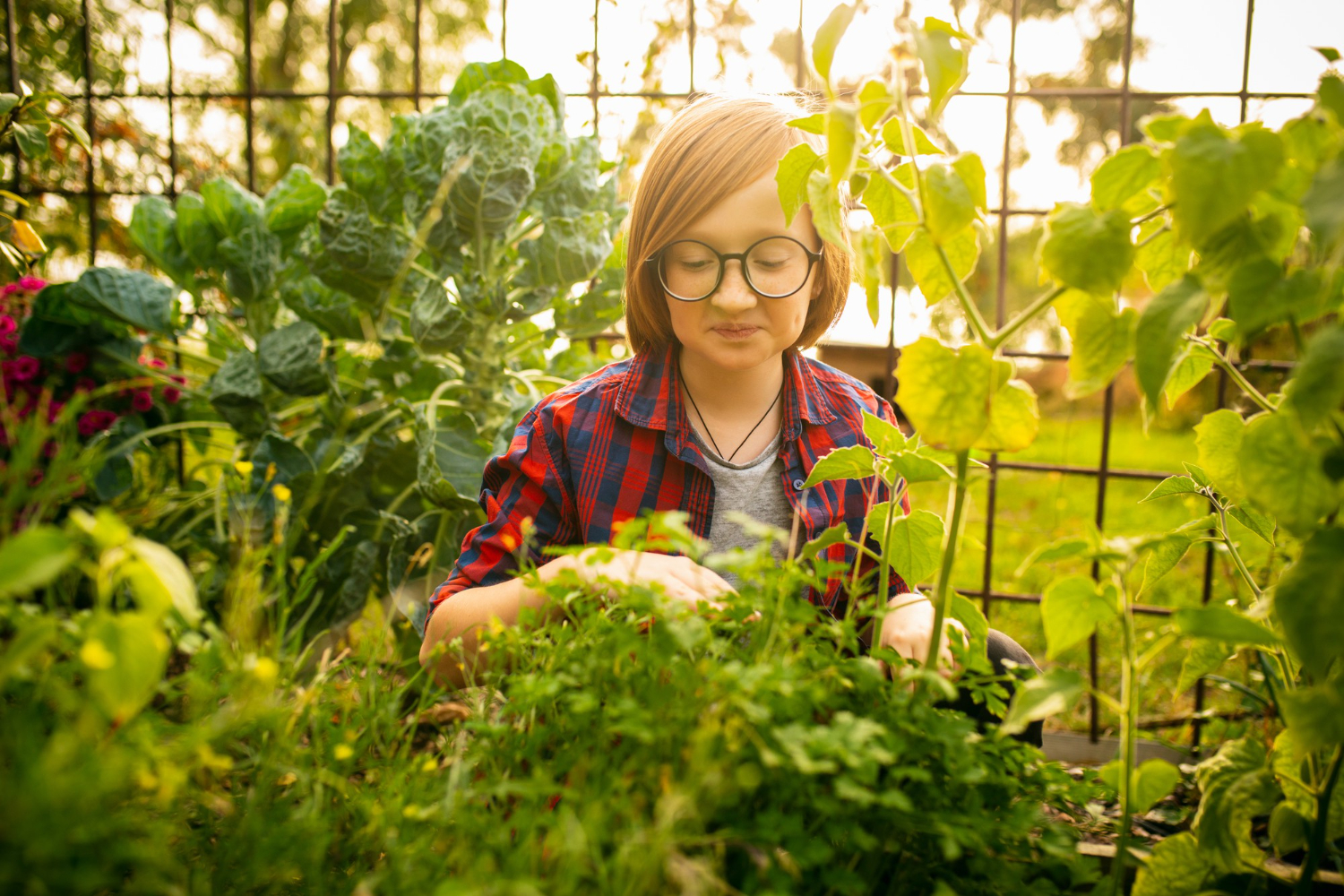Embracing the Green: A Journey into Vegetable Gardening

In the realm of self-sufficiency and organic living, there emerges a wonderfully grounding and rewarding practice: vegetable gardening. This article isn’t just a guide; it’s an invitation to embark on a journey, one that begins with a seed of desire and blooms into a garden brimming with life and nourishment. For those standing at the threshold, curious and eager yet unsure where to start, let this be your guiding hand through the verdant world of backyard farming.
The Genesis: Planning Your Vegetable Garden
Initiating your gardening adventure requires thoughtful planning, a process that blends practicality with dreams. The first step is choosing a location. Your garden needs ample sunlight, at least six hours a day, and protection from the elements. Consider the proximity to your house – a garden within sight and reach fosters more care and attention.
Soil quality cannot be overemphasized. Rich, fertile soil is the cradle of your garden’s life, a foundation that needs to be nurtured. Testing the soil for pH and nutrient levels might seem like a step for the fastidious, but it’s a pivotal one. Adjusting the soil with compost or organic matter turns it into a thriving habitat for your plants.
What to plant? This question is a mirror to your culinary preferences and local climate. Start with easy-to-grow vegetables like tomatoes, lettuce, or cucumbers, and consider the length of your growing season. The art of companion planting – where certain plants are grown together for mutual benefit – can also be a delightful exploration.
The Art of Cultivation: Planting and Maintenance
With a plan in place, the act of planting seeds or seedlings is where your physical and emotional investment begins to deepen. This stage is a beautiful synthesis of effort and patience, a daily commitment to nurturing life. Regular watering, weeding, and monitoring for pests are the rhythms of a gardener’s routine.
Each plant in your garden has its unique requirements – understanding these is key. For instance, leafy greens prefer cooler temperatures, while tomatoes thrive in warmth and ample sunlight. This knowledge shapes your daily and weekly tasks, a schedule attuned to the needs of your garden.
Fertilization is another facet to consider. Organic fertilizers are preferred for their long-term benefits to soil health. They release nutrients slowly, building up the soil’s capacity to support plant growth over time.
The Hidden Challenges: Dealing with Pests and Problems
No journey is without its challenges, and gardening is no exception. Pests, diseases, and weather can all impact your garden. Integrated Pest Management (IPM) strategies that include physical barriers, natural predators, and organic pesticides are effective and environmentally friendly ways to tackle these issues.
Weather, especially, can be unpredictable. Learning to be adaptable, using techniques like mulching to retain moisture during hot spells or building cold frames for an early start in spring, is part of the gardening adventure.
The Reward: Harvesting and Enjoying Your Produce
The moment of harvest is a gardener’s delight, the tangible reward for weeks or months of dedication. Harvesting at the right time is crucial for taste and nutritional value. For example, picking zucchini when they are small ensures they are at their most tender.
But the reward extends beyond the physical produce. Gardening nurtures a deeper connection to the earth, an understanding of the cycle of growth and decay, and a profound appreciation for the simple act of feeding oneself and loved ones with food grown by one’s own hands.
